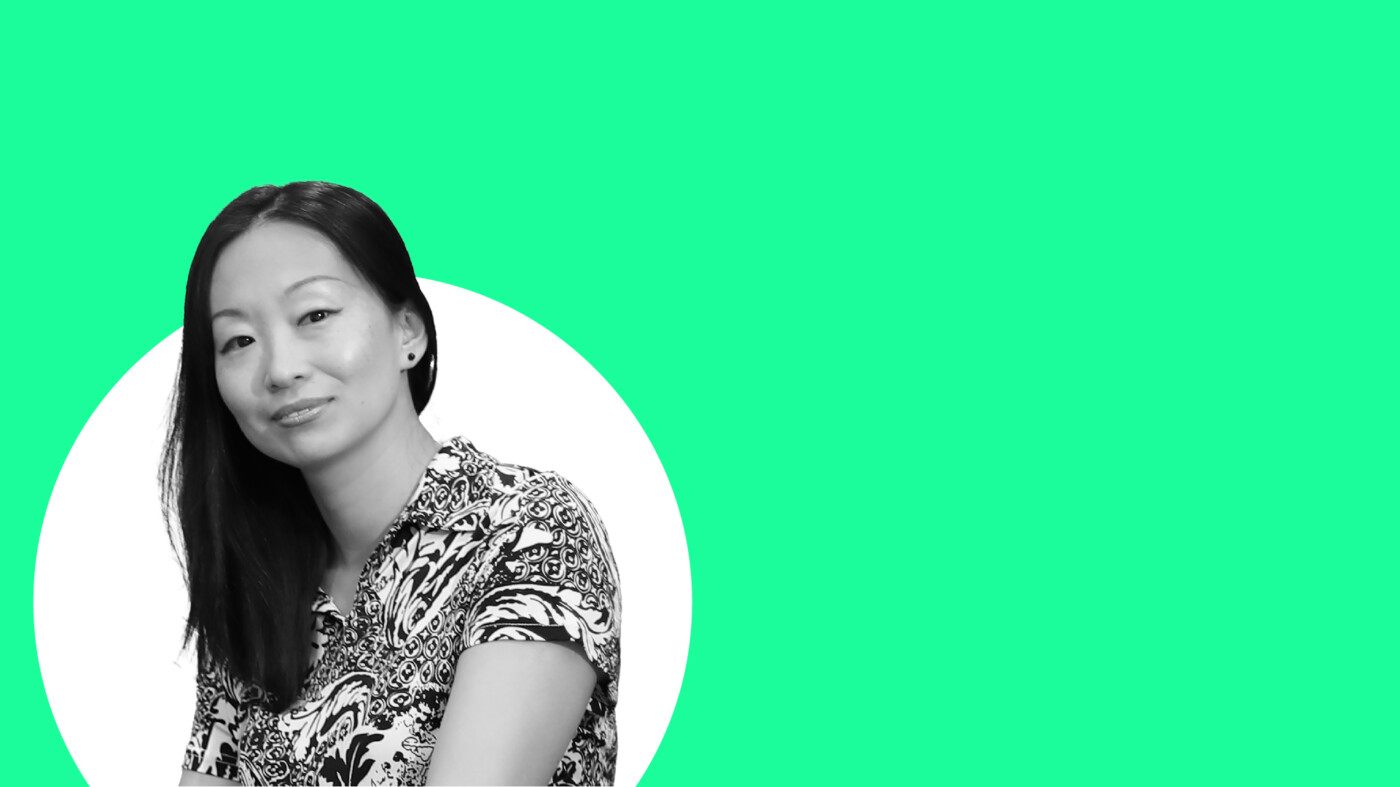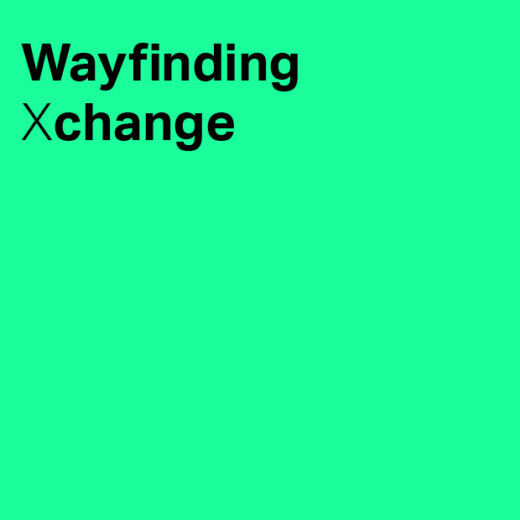From Harbin to HOK
Ocean’s work is mostly centred around interior design for sports and healthcare facilities. HOK is a multi-sector design firm, so she also gets the chance to explore other project types. This rich diversity of work is one reason for Ocean’s long tenure with the studio.
Ocean originates from Harbin in Northern China – a city famous for its ice sculptures. When her father, a medical researcher, took a job in the US, Ocean’s family relocated to Dallas, Texas. She initially followed in her father’s footsteps by studying pre-medicine, but she soon discovered an interest in stage design.
At the time, it was hard to find any undergraduate courses for stage design, so Ocean picked the next best thing – interior architecture. This was her way into interior design. After studying in Boston, Ocean attended the Art Institute of Chicago, where she met her future husband. After living in San Francisco, the Basque Country in Spain, and various other places, they eventually settled in London, where Ocean took a position at HOK. That was more than 18 years ago.
Interior design for healthcare
HOK’s London studio has its own interior design team, which is well-integrated with other professionals, including architects and planners. Collaboration is a huge part of the process, not just within the same offices, but across time zones with colleagues in other offices such as New York.
Ocean started out working on healthcare projects. It’s a sector she’s still very passionate about. To this day, she remembers the excitement of telling her father that she had designed the interior of a hospital for the first time. Healthcare is also a familiar sector to Endpoint, especially the company’s Wayfinding Director – Alison Richings – who helped put together a wayfinding manifesto for the NHS.
Creating an environment that helps patients to heal and recover faster is something Ocean feels strongly about. Hospitals can be highly emotional and stressful environments for patients and those around them. For that reason, she feels today’s brief should be broader, beyond being ‘patient-focussed’ and becoming more ‘people-focussed’.
Family members can spend long periods of time visiting loved ones inside hospitals. That’s why spaces like waiting room design are important. Instead of waiting in one place, patients or visitors could go elsewhere to the amenity spaces in the hospital and receive an alert on their phone when the medical professional is ready to see them.
There’s often a stark contrast between public healthcare facilities and private providers, who take their design cues from the world of hospitality. Medical staff spend even longer hours inside these spaces, so it’s extremely important to have an environment that promotes efficiency in their work. The interior design could help to ease anxiety.
The HOK design process
In Ocean’s words, the design process at HOK is very exciting. HOK has a tried and tested method for interior design, which improves efficiency in terms of the approach and process.
What’s really important from a design perspective is the collaborative working environment. That means there’s engagement with the client throughout the design process.
It starts with a ‘visioning session’ which allows Ocean to identify the main visionaries on the client side. For each recognised ‘scope’, two activities are prepared and delivered via a workshop with the main stakeholders on the client’s side: one word-based, and one image-based. Wayfinding is a vital component of these exercises.

Ocean and her team are there to listen to their client’s aspirations, not to tell them what to do, so they can provide the right solution for what needs improving. It’s a very interactive exercise, which lasts for a couple of hours.
After this interactive workshop, a brief is put together and sent out to the client. Then, based on that, the concept and design are developed. As the process progresses, new and stronger ideas tend to emerge, and the design evolves – always with collaboration with the client. The goal is to produce a sustainable and timeless design with the potential to be improved.
Sustainability is a hot topic, and HOK has done a lot of research globally, assigning a local expert on sustainability and inclusive design to every one of its offices. In interior design work, materiality is extra important, and to design with sustainable material is essential.
New challenges and opportunities to learn
In 2016, Ocean branched out to sports projects, criminal justice buildings, education, and science and technology. Every new project presents new challenges and opportunities to learn. Being with HOK for such a long time, Ocean’s amassed a wealth of knowledge about healthcare and sports interior design.
These days, her main challenge is to have fresh ideas, and not just do the same thing over and over again. She doesn’t want to become dormant on the creative side, so she’ll never tell someone to do something a certain way, just because it’s always been done like that. The challenge is to keep a fresh mind. But how does she do that?
Ocean has two approaches to fresh ideas: research and collaboration. People have different ideas. Everyone on her team has a curious mind, and through working together and looking into the future, they create design solutions that help clients solve their problems.
Another challenge is being aware of design trends, which come and go. For that reason, Ocean looks to films and fashion for inspiration and new ideas. But she’s wary of following trends in sustainable design work, because trends go out of style. What’s hot today is cool tomorrow – so designing to trends is doesn't work well sometimes.
Two things that don’t go out of style – especially post-Covid – are health and wellbeing. Ocean likes design that caters to those concepts to create interiors that last.
To learn more about HOK’s interior design, visit their website here.
Our podcast is available on Spotify, Apple Podcast and YouTube. Don't forget to subscribe and rate us!



